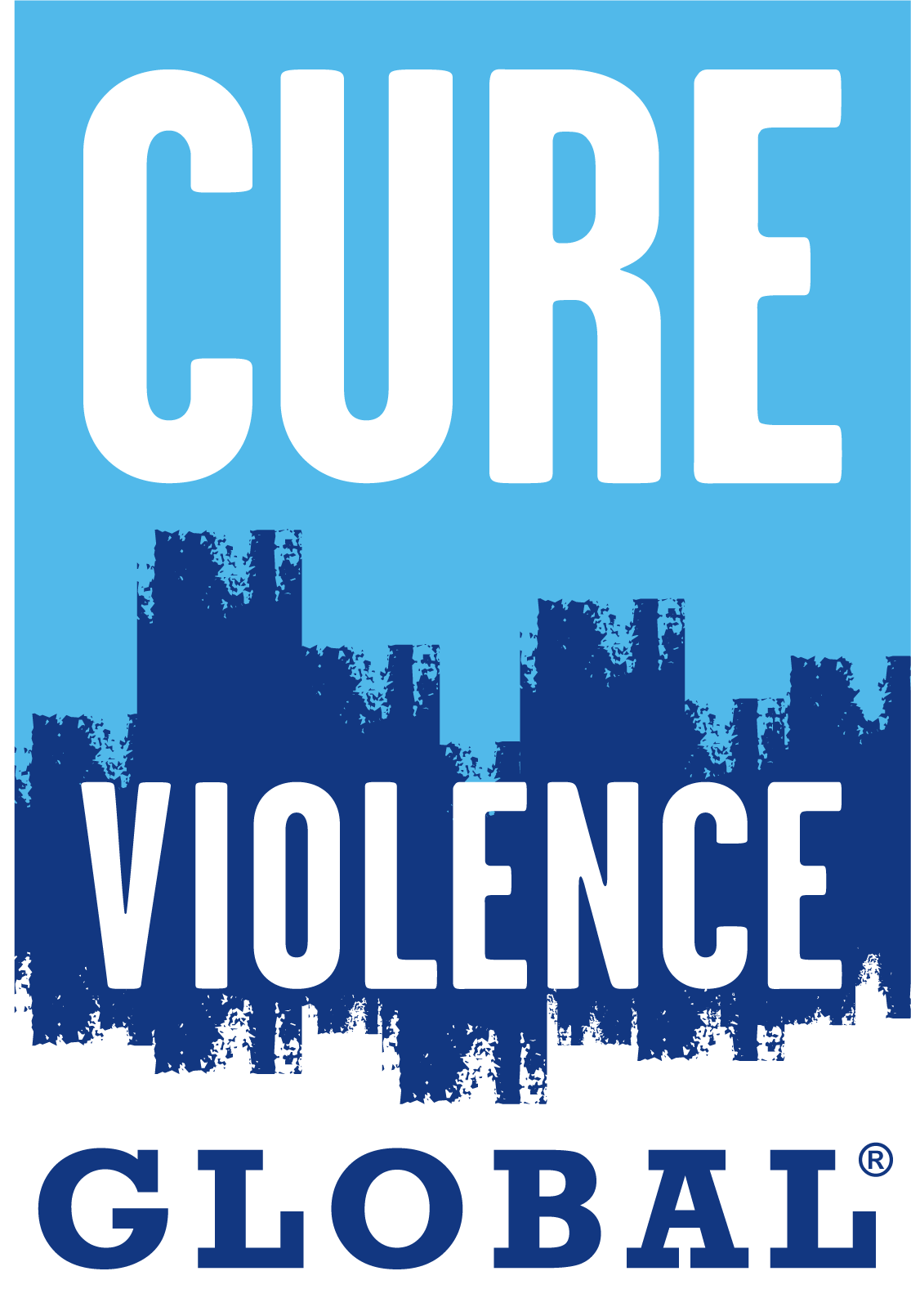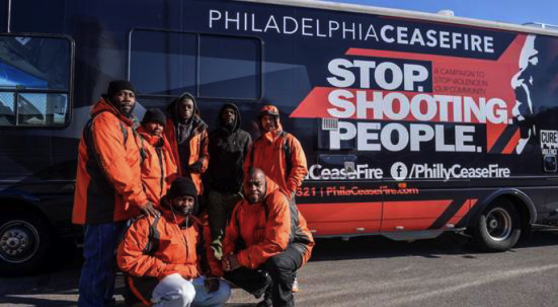Beginning in 2013, an independent evaluation was conducted on the Philadelphia Cure Violence program (known locally as CeaseFire) by Temple University and the John Jay College of Criminal Justice Research and Evaluation Center (JJREC). The evaluation shows that the implementation of the Cure Violence program was associated with a significant reduction of various forms of violence. The results of the evaluation show that there was a 30% reduction in shootings, comparing the 24 months before implementation to the 24 months after implementation of Cure Violence. In the hotspot areas, that were chosen based on their history of higher rates of violence, the evaluation showed a statistically significant reduction in shootings of 34% for victims of all ages and individuals between the ages of 10 and 35. The comparison areas also saw reductions in shootings but not as significant as the Cure Violence target areas. With all of these results, it suggests that the Cure Violence program was responsible for the statistically significant reductions in gun violence.
Similar results have been seen in other sites developed by the national Cure Violence program. JJREC conducted an evaluation on the New York Cure Violence program and found that the implementation of the program was associated with a near 60% reduction in violence in the area.
The Philadelphia program was implemented in North Philadelphia, the specific areas were determined in collaboration with the police department by considering the high levels of gun violence and the highest rate of shootings and homicide of any other police district in the city. Within the designated catchment area, there were five hotspot areas that had a higher density of gun violence. Staff members of Philadelphia Cure Violence were specifically trained to interrupt in those areas and expected to dedicate their time in these hotspots, as well as continuing to intervene when needed in the larger area.
The Philadelphia program uses the Cure Violence Health Model of violence prevention, considering violence to be a disease and developing programming that treats violence as a contagion. The model includes the steps of other disease intervention and prevention programs by interrupting the transmission, targeting the highest risk and changing community norms that have supported the behavior in the past. The Cure Violence model includes interventions and programs with each of these elements to approach violence prevention comprehensively.
The Cure Violence national office conducted initial training to the Philadelphia team in February 2013, as well as continued training to update the team during the program period. The national office also provided monthly calls to the Philadelphia team to discuss progress and work through any concerns. The evaluation determined the start of implementation as February 2013 as that is when the Philadelphia team was fully trained by the national Cure Violence office and was fully utilizing the Cure Violence Health Model.
The greatest successes of the programs are the noticeable reductions in various forms of violence and fatalities. The hope is that as the program continues, it builds stability in the community and will ultimately, provide greater resources for the community. The work of Cure Violence in Philadelphia are ongoing as these communities develop. However, more reports are forthcoming to further enhance the evaluation described here.


